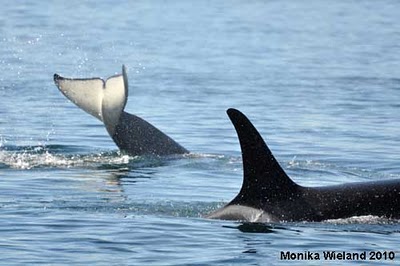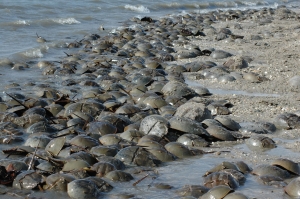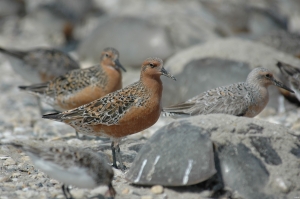I miss my time aboard the Atlantic Star where we would head out to sea in the early morning and Atlantic bottlenose dolphins would be at the surface near the bow of the boat as if leading the way for a great trip. Ah, those were the days. As a substitute I did discover Ms. Monica Wieland who has a great blog about her sightings of killer whales, Orca orca. Her photos and blog descriptions are dynamic and captivating and I enjoy what she has to share. Recently she even wrote about her encounter with Mr. Paul Watson, captain of the Sea Sheperd (the boat that is famous from Discovery Channel’s Whale Wars).
I hope you find as much enjoyment with the images of Ms. Wieland’s magnificent neighbors as I have these days!
I love how the motion of the tail slap is captured here:
Image (c) Monika Wieland 2010.

















What people are saying …